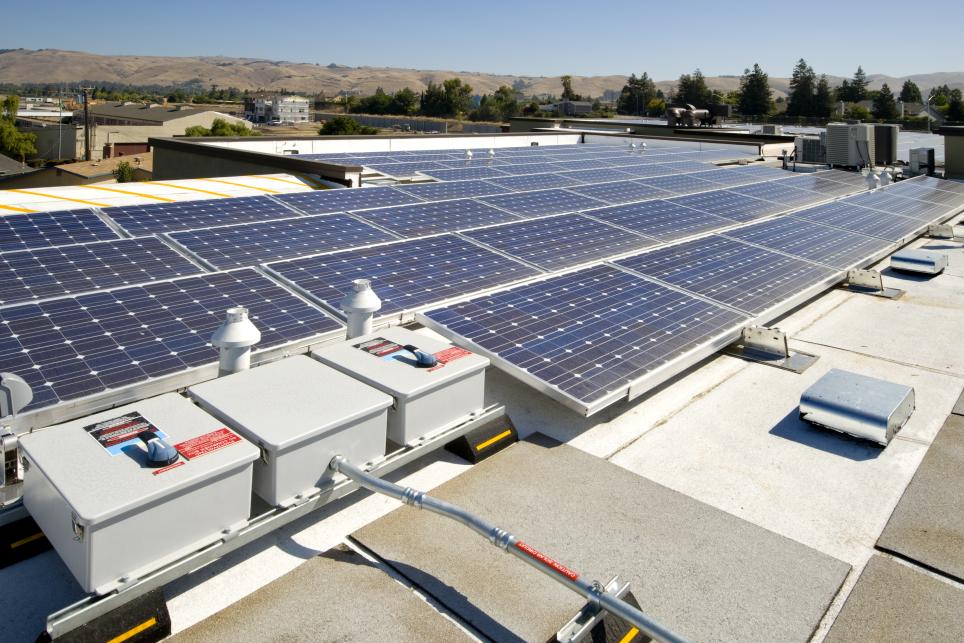-
Press Release
December 10, 2020
Underwriters Laboratories Publishes Safety Standard for Photovoltaic Hazard Control

UL 3741 addresses evaluation of the operation of photovoltaic hazard control functions
NORTHBROOK, Ill. – Dec. 10, 2020 – Underwriters Laboratories announced today that it published ANSI/CAN/UL 3741, Standard for Safety for Photovoltaic Hazard Control. The Standard provides a means to evaluate the operation of photovoltaic (PV) hazard control functions that provide a reduced level of shock hazard from energized PV system equipment.
The Standard is specifically intended to establish and expand requirements to help keep firefighters out of hazardous current paths when responding to emergency situations in homes and buildings with PV systems. Systems that comply with UL 3741 should also decrease potential hazards for others working in and around the PV array.
UL 3741 is nationally recognized and approved by the American National Standards Institute (ANSI) and the Standards Council of Canada (SCC). As a harmonized, binational Standard, it offers greater consistency in safety of PV hazard control across both countries and jurisdictions. A streamlined approach to the Standard’s development was employed, including convening a single Standards Technical Panel comprising stakeholder representatives from the U.S. and Canada working to produce one document versus two. In addition, UL 3741 may reduce potential trade barriers by allowing manufacturers to design and evaluate products for both countries.
The Standard follows multiple research projects conducted by Underwriters Laboratories and partnering organizations. In 2011, the UL Firefighter Safety Research Institute performed experimental research on functional PV arrays to examine the unique safety considerations and hazards they present during fire mitigation. In addition, UL collaborated with Sandia National Laboratories in 2017 under a U.S. Department of Energy research project to gather additional data. The research evaluated electric shock parameters for ungrounded and grounded PV arrays, defined hazard-controlled states for PV system operation under emergency conditions, determined body impedance models and corresponding shock thresholds for male and female firefighters with PPE and tools, and harmonized safety standards and committee work.
“This Standard is the result of extensive research and dedication to our mission of working for a safer world,” said Phil Piqueira, vice president of global standards for Underwriters Laboratories. “Much has been done to make photovoltaics more efficient and more readily available to consumers in recent years. With their increasing use on residential homes and commercial buildings, we wanted to ensure we were also working to make the systems safer for our first responder community and other professionals who may be in contact with them.”
About Underwriters Laboratories
Underwriters Laboratories is a nonprofit organization dedicated to advancing the UL public safety mission through the discovery and application of scientific knowledge. We conduct rigorous independent research and analyze safety data, convene experts worldwide to address risks, share knowledge through safety education and public outreach initiatives, and develop standards to guide safe commercialization of evolving technologies. We foster communities of safety, from grassroots initiatives for neighborhoods to summits of world leaders. Our organization employs collaborative and scientific approaches with partners and stakeholders to drive innovation and progress toward improving safety, security, and sustainability, ultimately enhancing societal well-being. To learn more, visit UL.org.